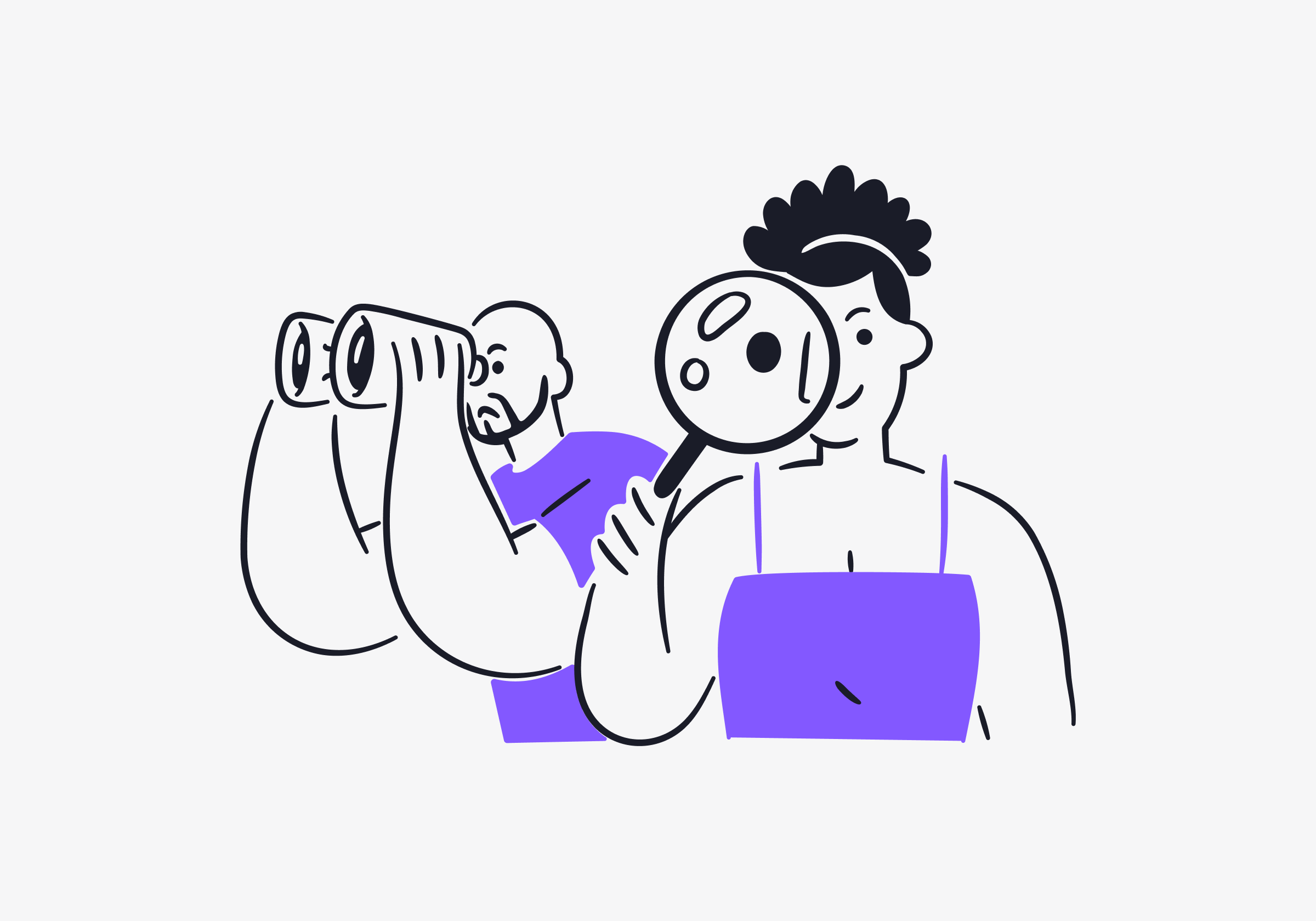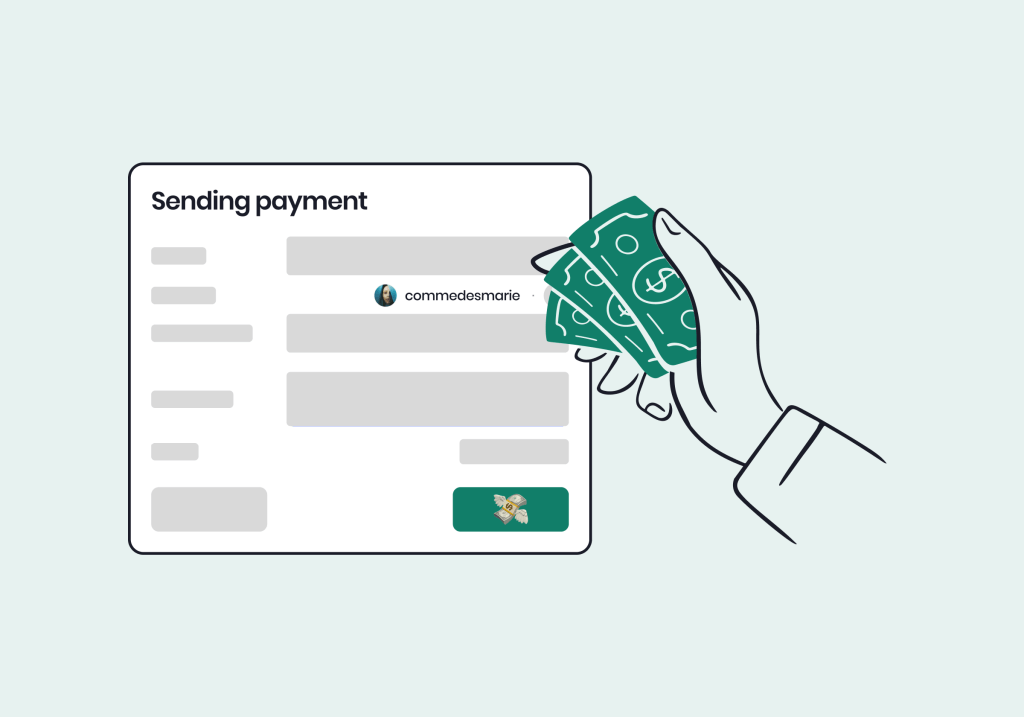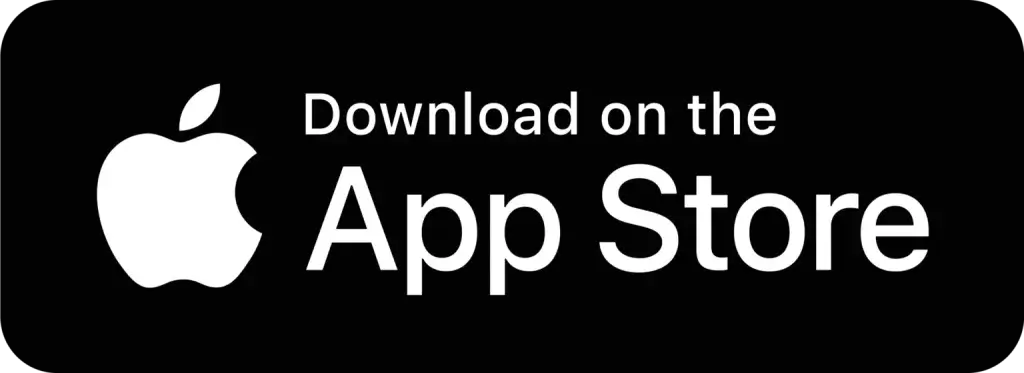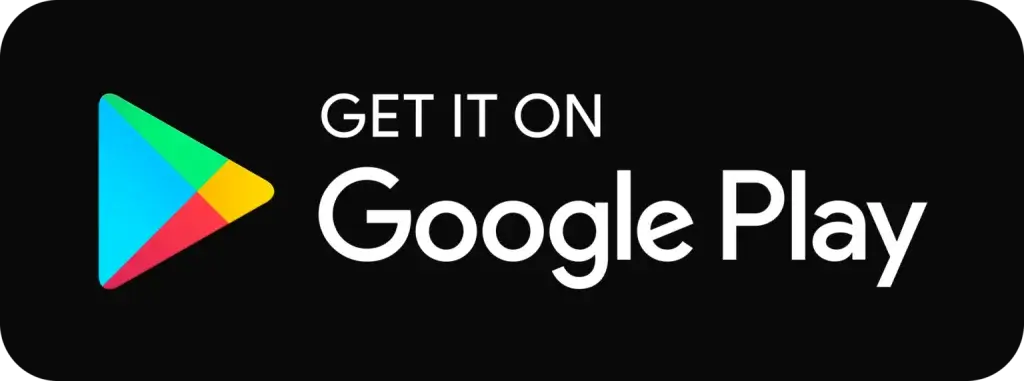If you want to take part in influencer marketing, being able to spot fake influencers is crucial! 🕵️♂️🤥Some brands fail at this and end up using their marketing budget on influencers who have very little impact. Why? Because spotting fake influencers in the age of constantly developing technology can be a very challenging task! ✍️🧠
Ever conducted a social media campaign with influencers and wondered why it did not bring the expected results? Fake influencers might be the reason 🤥. There are influencers out there who buy followers, likes, or even comments to appear more influential and convince brands to work with them! And what you need to be able to spot fake influencers is technology, relevant knowledge and industry experience.
At indaHash, we verify influencers on a daily basis. 💪💪 We have gone through all of them one by one, and here is what we have learned about spotting fake influencers! 👩🏻🏫 👨🏻🏫
1. Low Engagement Rate or too high Engagement Rate?
Engagement rate is the key indicator when it comes to spotting fake influencers ✍️🗣. The general rule is the bigger the influencer the smaller the engagement rate. On average, the engagement rate for different categories of influencers is:
- Mega influencers/celebrities 500k+ followers = ER 1.1%
- Macro influencers 150k- 500k followers = ER 1.1%
- Mid-tier influencers 50k-150k followers = ER 1.1%-2.1%
- Micro- Nanon influencers 1k-50k followers = ER 3.7%- 7.2%
If an influencer’s engagement rate is significantly lower than that, there is a big chance that the influencer bought his or her “influence” 🤥. However, it is important to keep in mind that a too high engagement rate might not necessarily be a good thing either since it might be a sign that an influencer buys comments or likes to create a falsely high engagement rate.
The number of likes and comments an influencer receives must be proportional to the number of followers 👈. It can also be beneficial to study the number of comments and likes under posts that are close to each other, and if the difference is unbelievably high, it might be a red flag.
In general, influencer’s growth should be steady and relatively stable. Social Blade (https://socialblade.com) is a good tool to check influencers’ growth over time, to analyse if there is no sudden or suspicious growth in numbers of followers. If an influencer receives 10.000 new followers overnight, but on average receives 50-100 new followers daily, it can be a sign of a fraud 🕵️♂️🔥. Of course, there are exceptions, like if an influencer has been featured in major media publications, created a viral piece of content or collaborated with an influencer with a big audience.
2. Monotonous or inappropriate content
Study the content 🧐📖. Fake influencers tend to post a lot of pictures that are very similar to each other. Pay attention if an influencer is not posting too many selfies or just in general unexciting, inappropriate, aesthetically dull and lifeless photos 😴👈. If you look at an account and wonder how did this person manages to gain such a large following, it is probably a sign that the account should be carefully examined. Social media influencing is a full-time job, so influencers who take their job seriously should have aesthetically pleasing, interesting, creative and varied content.
3 Content from the internet
If an influencer posts an unusual amount of pictures from the internet as stock photos, quotes, memes or any other pictures that the influencer does not have the copyrights to, it is usually a bad sign ❌📵 . Of course, that does not mean that an influencer cannot share any memes or inspirational quotes at all, but in this case, there is a fine line between what is acceptable and what is not.
4. Suspicious followers and comments
It is also a good idea to take a closer look at influencer’s followers to see if there are many suspiciously-looking accounts that might potentially be fake accounts. How to recognize fake accounts? 🕵️♂️🕵️♂️ Common characteristics are lack of profile picture or a graphic instead of a photo, unnatural usernames that include multiple numbers and in general not many posts. Fake accounts can also be recognized by the comments, they often leave comments that are just one single word or emojis without any text 👻.
5. Network and interaction with other influencers
Influencers are a part of the same community 🤳💃. They often interact with each other by liking and commenting on each other’s pictures, working together or attending the same events. Take a closer look to see if the influencer that you have in mind interacts with other influencers (the more personal the comments the better). If an influencer is acknowledged by the influencer community, it might be a proof that this person is not a fraud!
However, there is a catch‼️📣💥 Not everyone with dull and monotonous content is a fake influencer, unexpectedly high engagement under a post does not necessarily mean that an influencer bought likes and comments and not everyone who leaves just an emoji under a picture is a fake follower. The main problem with spotting fake influencers is that there is a very fine line between what is a sign of a bought influence and what is not 😩🤯.
If an influencer simply ticks all the boxes mentioned above, there is a good chance that this person is in fact a fake influencer, however it is very important to tackle every case individually. If you want to make a fair judgment, every influencer account should be examined and analysed individually 👀🧠. However, the right software can also be very helpful.
indaHash is the world’s biggest social influencer technology platform, with a database of 900,000 global influencers and in-house developed software that makes sure all influencers we work with are constantly verified! 🔥🔥 At indaHash every influencer is verified both manually by our team of specialists and by our in-house software. The software helps us to spot any suspicious activities such as sudden and unnatural growth of followers, increase in engagement rate or potential comments from bots. Accounts with suspicious activities are automatically put on our blacklist and verified by our team manually. The verification includes an in-depth analysis of statistics (our system gives us the possibility to look at statistics of every influencer) comments, followers etc. In that way, we make sure that we work only with real influencers, who do not purchase their followers, likes or comments!
Let us know if you need help with creating an awesome influencer marketing campaign! 🔥🔥 and If you have any questions feel free to reach us at: support@indahash.com
We would love to help! 😊💪
